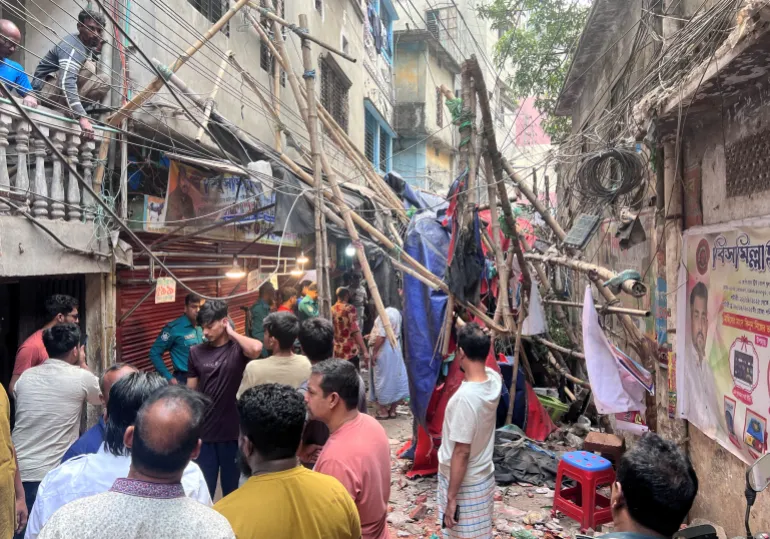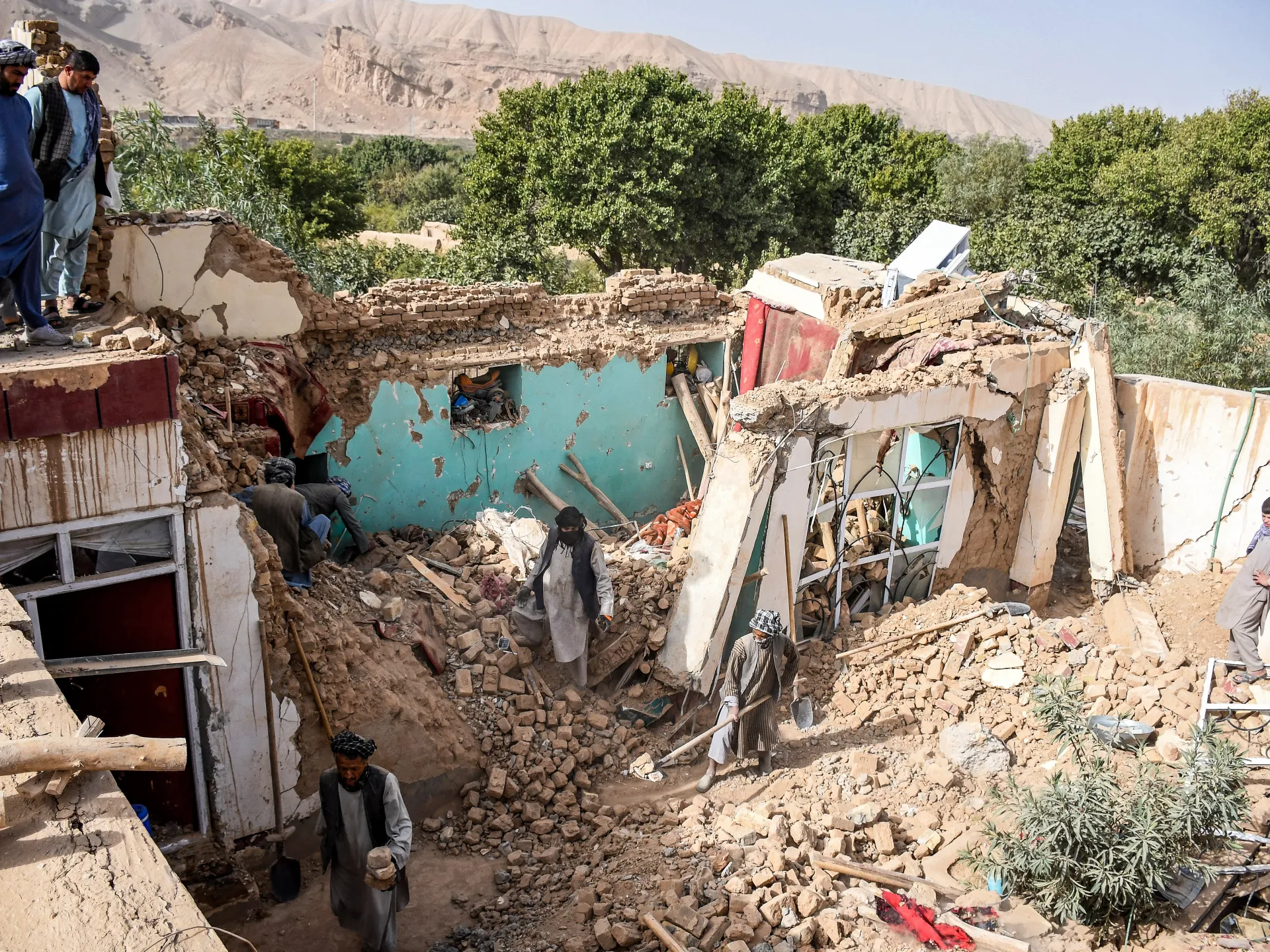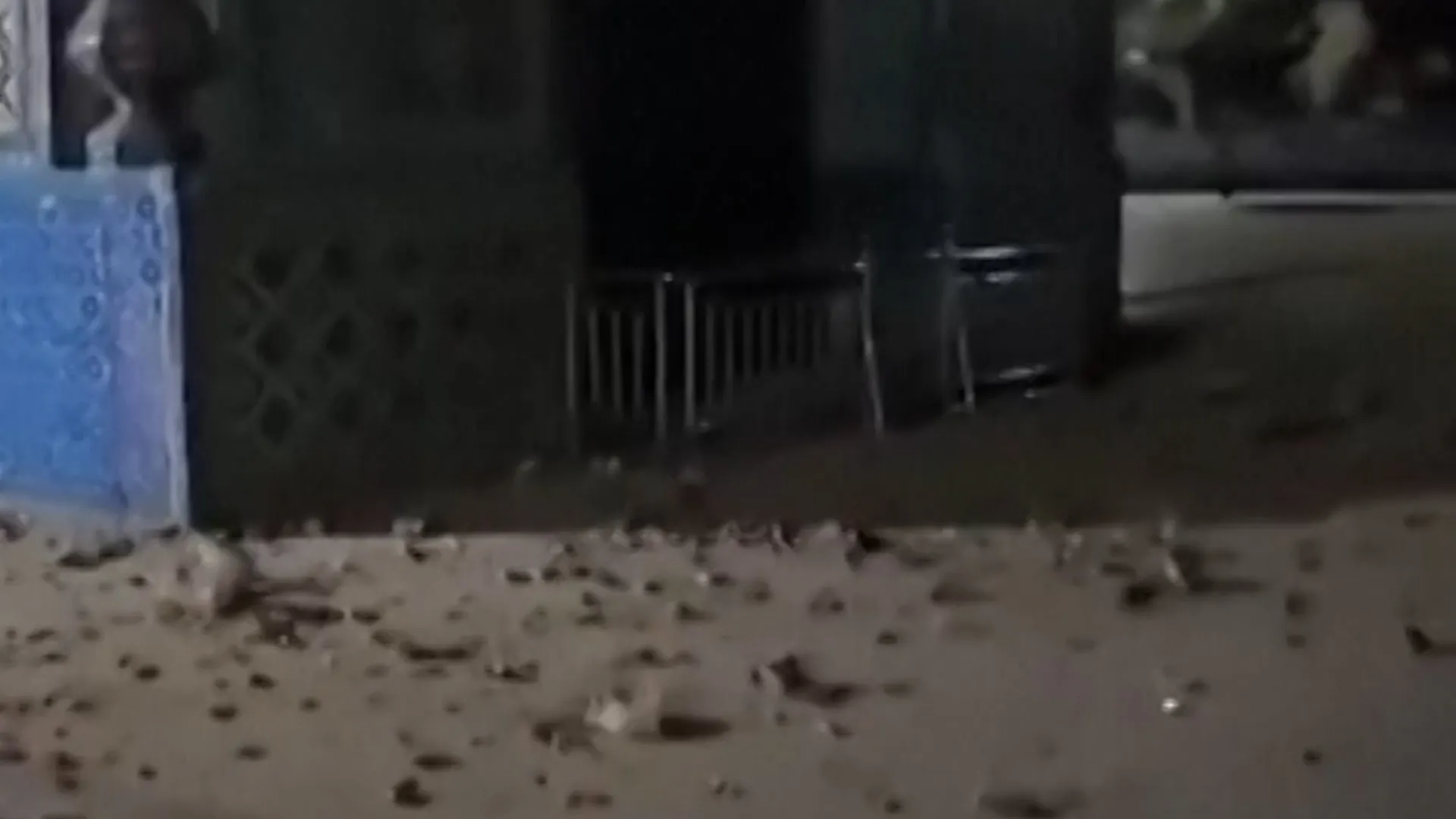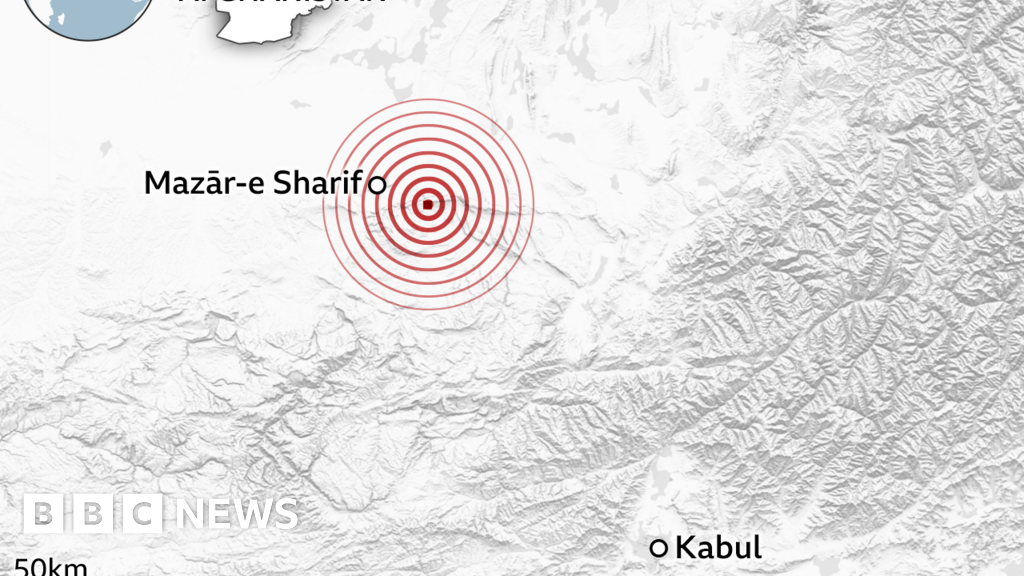Bangladesh 5.5-magnitude earthquake – what we know so far | Earthquakes News
EXPLAINER
At least five people killed in deadly earthquake close to the capital city Dhaka on Friday.
Published On 21 Nov 2025
A powerful earthquake shook Bangladesh close to the capital city, Dhaka, on Friday, killing at least five people and injuring many others, the government said.
Here is what we know so far.
What happened?
An earthquake of magnitude 5.5 hit Bangladesh at 10:38am (04:38 GMT), the US Geological Survey (USGS) said. The shaking lasted for 26 seconds.
Dhaka resident Shadman Sakif Islam told Al Jazeera that “small ripples” he noticed in his coffee were followed by a “massive shake that started occurring without any warning” as the earthquake took hold.
“My chair and the table started shaking wildly, and I was stuck there 10-15 seconds without processing what was going on,” he added.
“I never felt anything like this in my whole life … I felt like riding on a boat, riding massive waves one after another,” he added.

Where in Bangladesh did the earthquake hit?
The tremor was felt near the city of Narsingdi, which is 33km (16 miles) from Dhaka. Many buildings in Dhaka sustained damage from the resulting quake.
The epicentre was in Narsingdi’s Madhabdi district, according to the Bangladesh Meteorological Department.
The tremors were felt as far away as in the neighbouring Indian city of Kolkata, more than 325km (about 200 miles) from the epicentre. No casualties have been reported there.
Narsingdi is famous for its textile craft and garment industry.

What do we know about the casualties?
According to government figures, at least five people have been killed and roughly 100 people have been injured.
Local media has reported higher death toll figures, but these have not been confirmed.
On Friday, Dhaka-based DBC Television reported that at least six people had died in the capital – three when a building roof and wall collapsed and three pedestrians who were struck by falling railings.
Are earthquakes common in Bangladesh?
Earthquakes do not take place in Bangladesh very frequently, despite the country being close to the boundaries of the Indian, Eurasian and Burmese tectonic plates and thus, seismically vulnerable.
In 2023, an earthquake of magnitude 5.8 struck near Sylhet in northeastern Bangladesh, according to the German Research Center for Geosciences (GFZ). There were no reports of casualties or major damage from the quake.
In 2021, a magnitude-6.1 earthquake hit the border between India and Myanmar. Tremors were felt in Bangladesh’s Chittagong and Cox’s Bazar. There were no confirmed deaths in Bangladesh.
Magnitudes are based on a logarithmic scale, meaning for each whole-number increase on the scale, the magnitude is increased by a factor of 10.
Al Jazeera’s Tanvir Chowdhury, reporting from Dhaka, said, “It was one of the biggest earthquakes in recent history and was very close to the capital city. The entire city was in panic. Social media videos have shown buildings shaking.”



